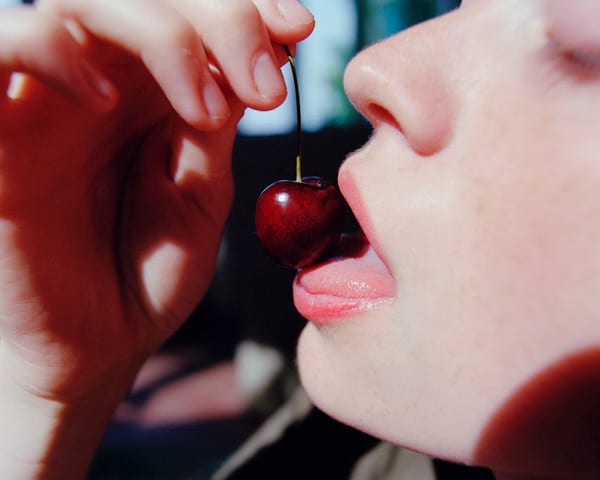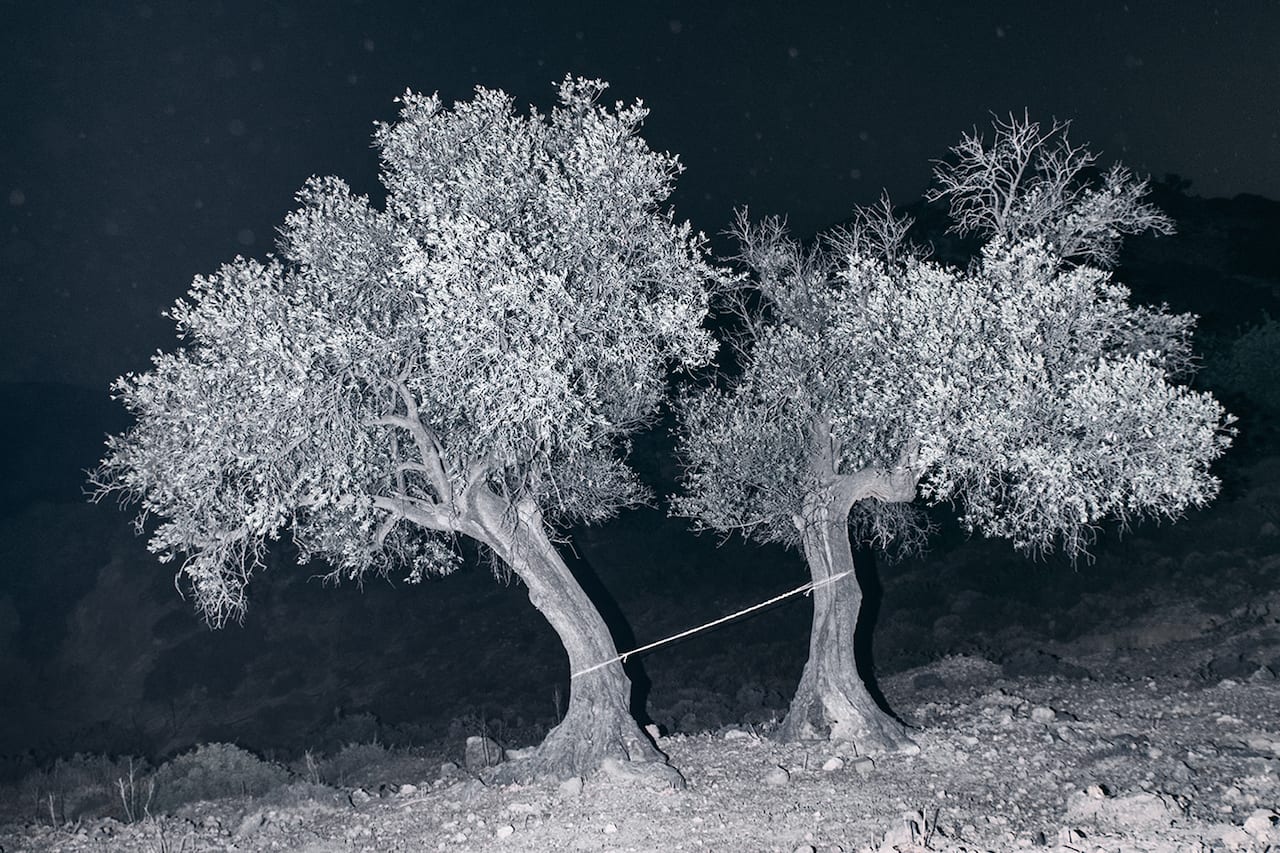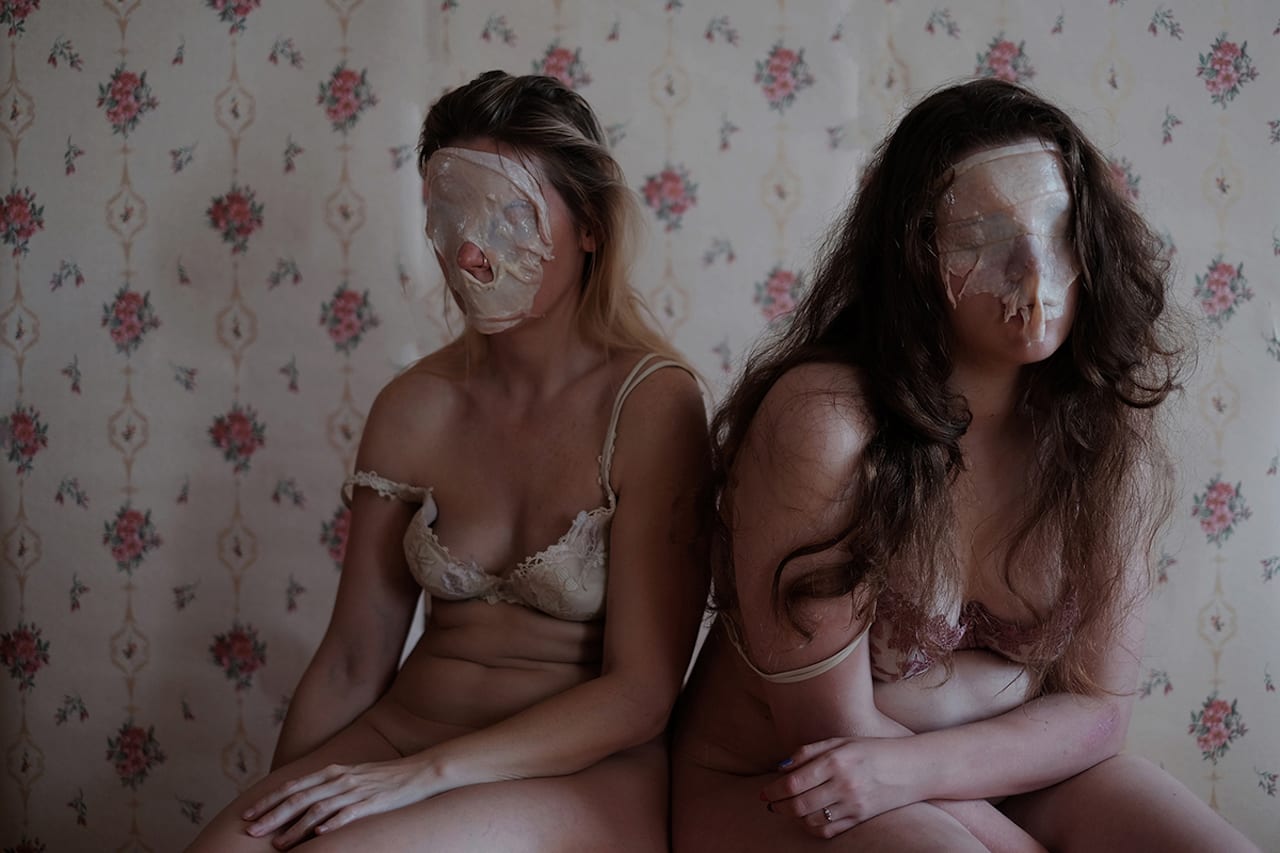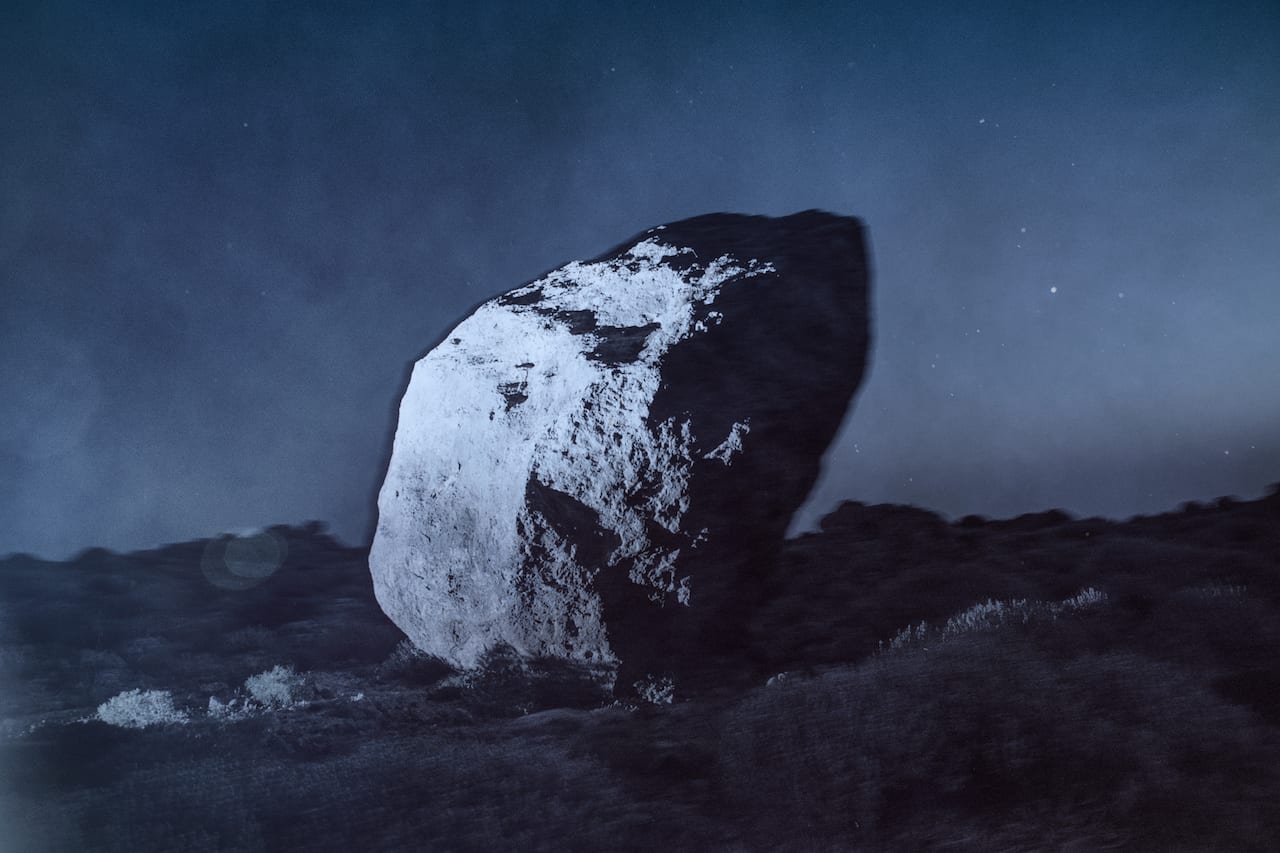“A lot of my work has undertones of female sexuality and ritual, because photography was a place where it was okay to explore those things,” says Tabitha Barnard, the oldest of four sisters raised in a close-knit, religious community in rural Maine. “In photographing my sisters, and in trying to find a private place to do that, we kind of found this escape. I could always just tell my parents it was make-believe.”
Barnard has just won the 2018 Gomma Grant with this work, which she’s titled the Cult of Womanhood. Second prize went to Vladimir Vasilev with Nocte Intempesta, which was shot at night in a small city in Normandy, France. Fatima Abreu Ferreira took Third prize with How to disappear completely, “a work of struggle, obsession and complete hallucination” shot over two years in the photographer’s home town. Yorgos Yatromanolakis, meanwhile, won an Honourable mention for The Splitting of the Chrysalis & the Slow Unfolding of the Wings, which was also shot back home in the Greek island of Crete.




